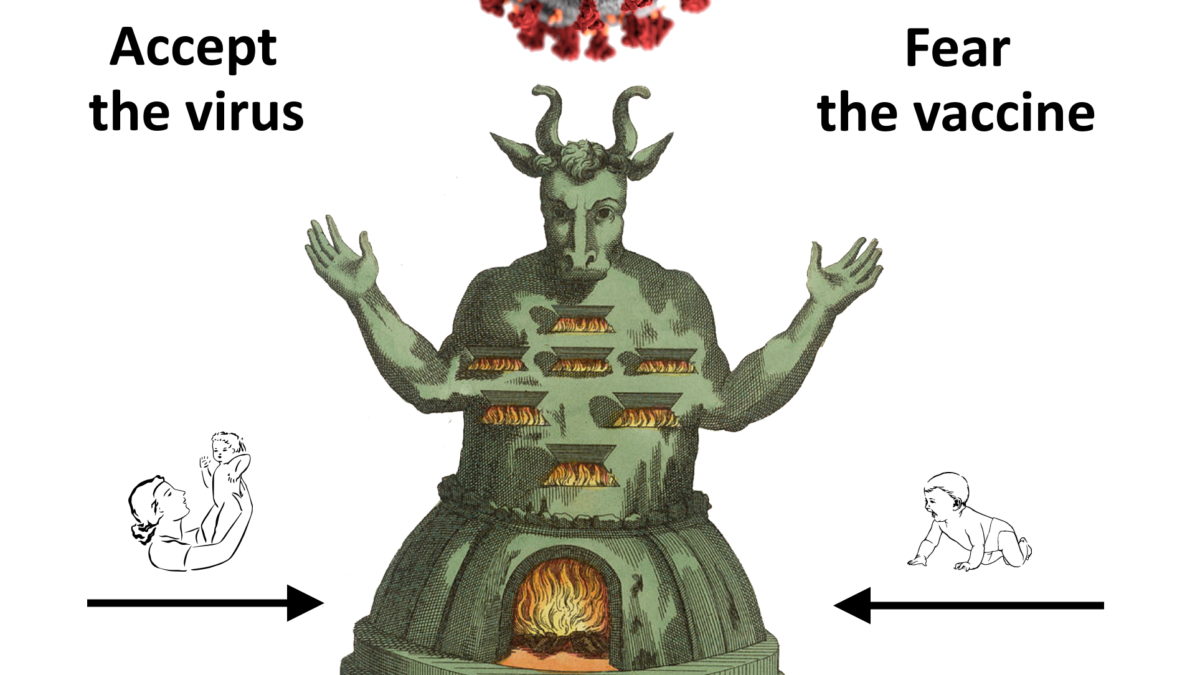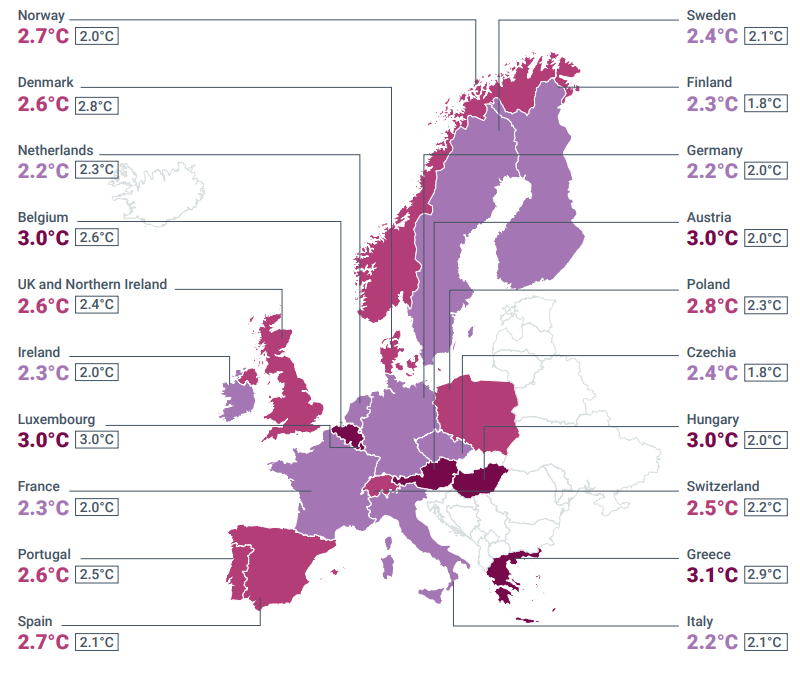More Americans die younger in states with conservative policies, study finds – “State policy matters. We always get the promise from conservative states that we’re going to cut your taxes and regulation and make the environment better for business, and it comes with a cost.”
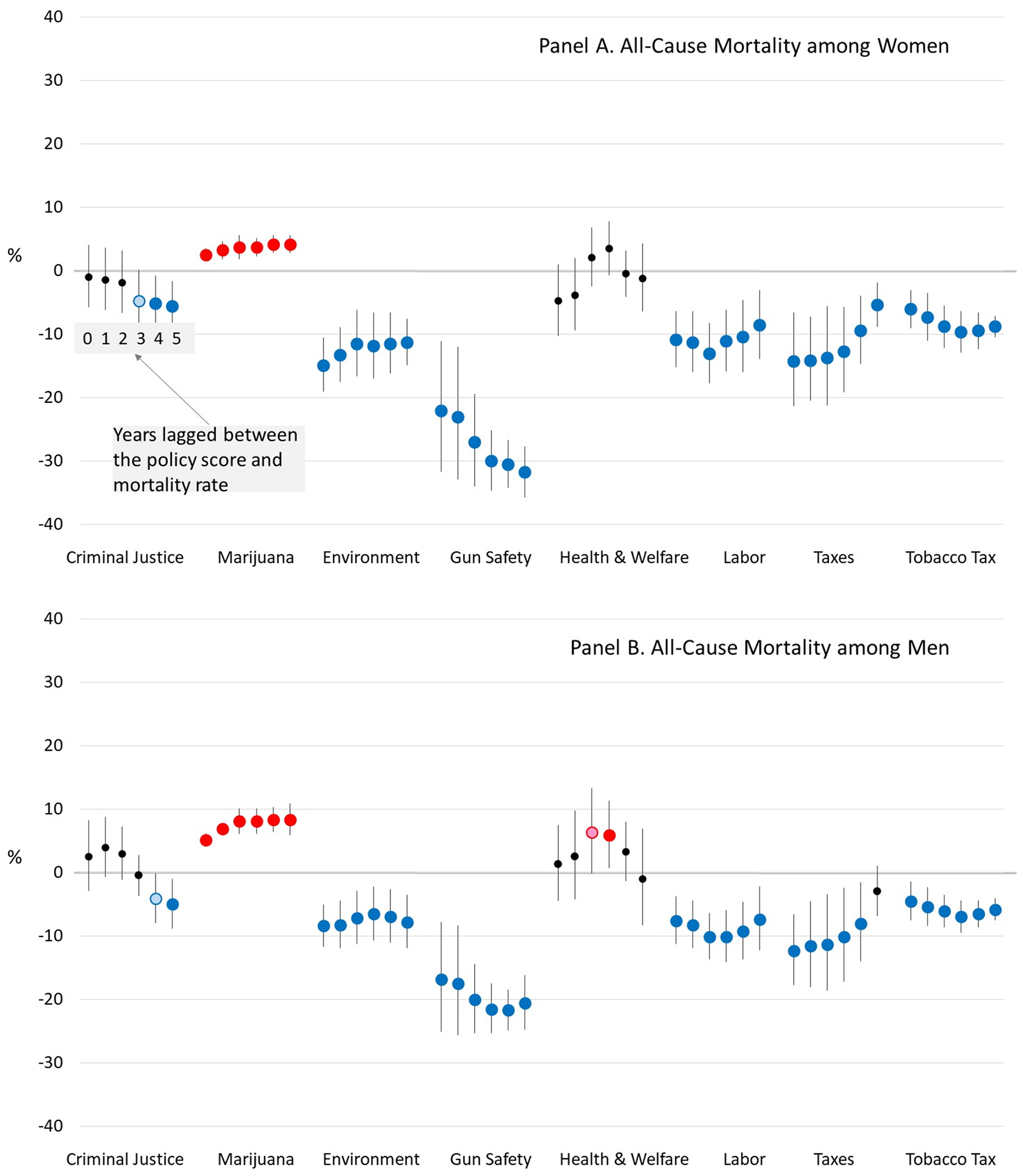
By Adrianna Rodriguez
26 October 2022
(USA TODAY) – The United States has a working-age mortality problem: Americans die younger than people in most other high-income countries.
While many blame drug overdoses, rising suicide rates, and bad health habits, a new study suggests policymakers may play a bigger role than previously thought.
Researchers looked at policies relating to criminal justice, marijuana, the environment, gun safety, health and welfare, private labor, economic taxes, and tobacco taxes, and scored them on a 0-to-1 continuum, where the maximum conservative score is zero and the maximum liberal score is one.
They merged that information with mortality data spanning from 1999 to 2019, and found liberal policies were associated with lower deaths among people aged 25 to 64, according to the study published Wednesday in PLOS ONE.
Especially strong associations were observed between certain domains and specific causes of death: between the gun safety domain and suicide mortality among men, between the labor domain and alcohol-induced mortality, and between both the economic tax and tobacco tax domains and cardiovascular disease mortality.
Montez, et al., 2022 / PLOS ONE
The analysis revealed changing state policies to fully liberal could have saved more than 171,000 lives in 2019, while changing them to fully conservative may have cost over 217,000 lives.
“As an academic who does scientific research, I studiously avoided talking about politics in my professional work. … But the data are pointing us to that as a determinant of health,” said study co-author Dr. Steven Woolf, director emeritus of the Center on Society and Health at Virginia Commonwealth University in Richmond.
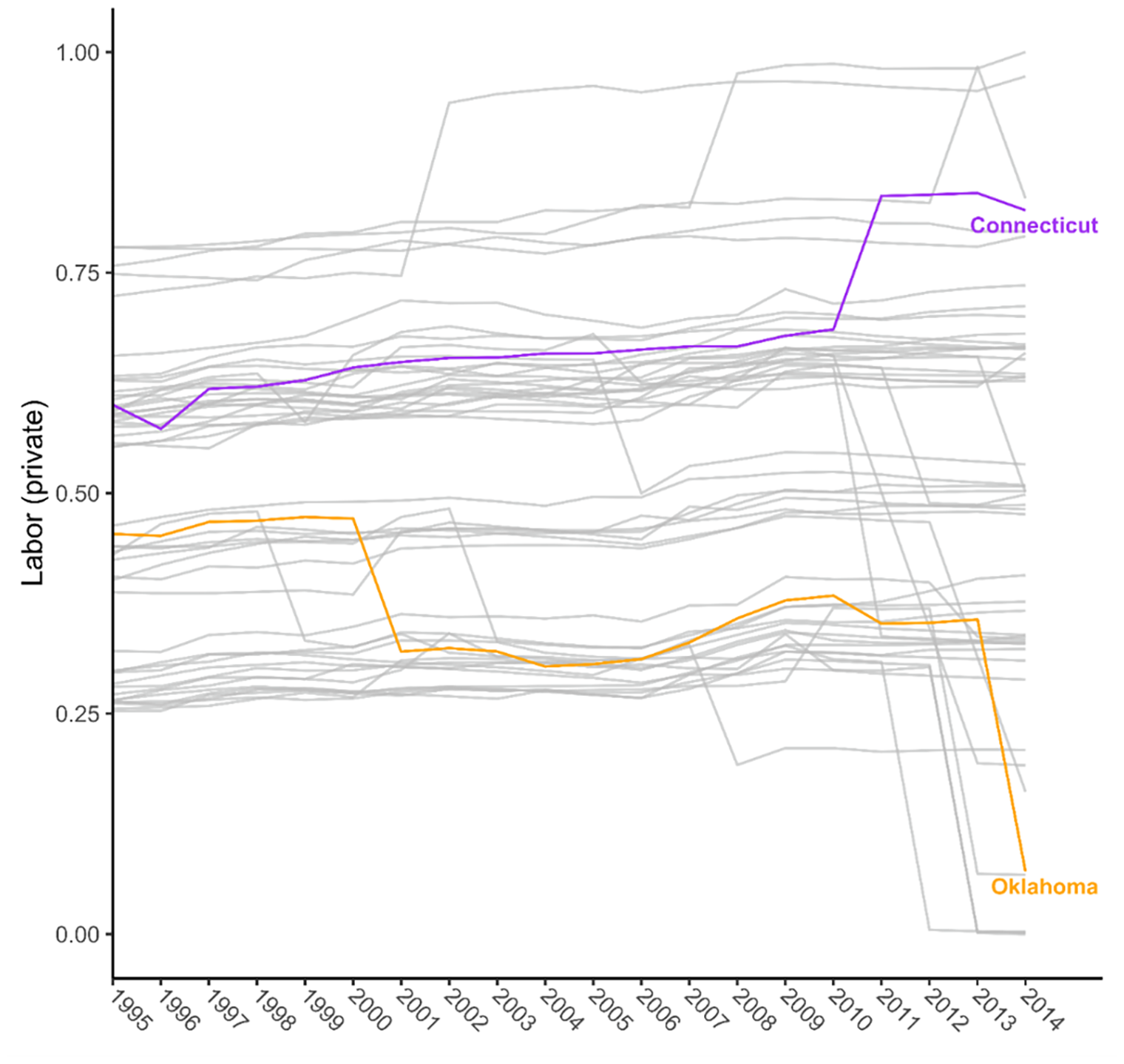
Conservative vs. liberal policies
According to study authors, policies were considered liberal if they:
- Expand state power for economic regulation and redistribution
- Protect the rights of marginalized groups
- Restrict state power to punish deviant behavior
Policies with opposite aims were considered conservative.
Even after controlling for state-specific characteristics – such as climate, population, demographics and education – researchers still found a difference in working-age mortality between states with liberal policies and those with conservative policies, said lead study author Jennifer Karas Montez, a professor of sociology at Syracuse University.
“If a state policy maker were to say to me, ‘it’s unfair to criticize my state because I have a low-educated, low-income population,’ I would ask them, ‘why do you have a low-educated, low-income population?’” Montez said. “It’s because of your policy environment.”
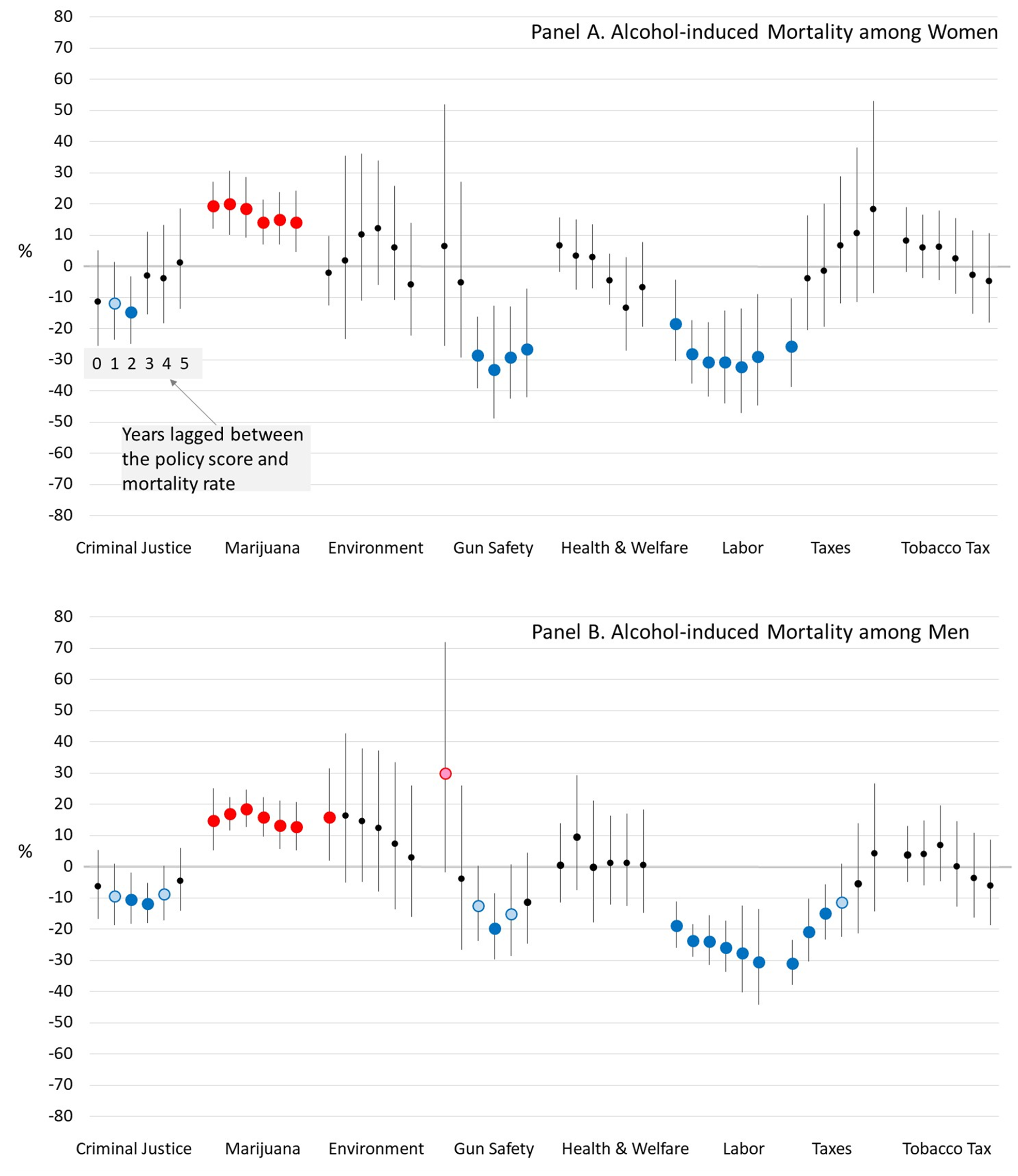
The study also suggests how state policies may influence individual behaviors that previous research has shown is associated with Americans dying younger. Researchers found a strong link between:
- gun safety and suicide mortality among men
- labor policies and alcohol-induced mortality
- tax policies and deaths from cardiovascular disease
“We like to think about (working-age mortality) as failures of individuals, that they eat too much or use drugs, but that’s all in context,” said Darrell Gaskin, a health economist at Johns Hopkins Bloomberg School of Public Health. “If we don’t have the proper regulations in place to protect people, then what happens is that they could be exploited.”
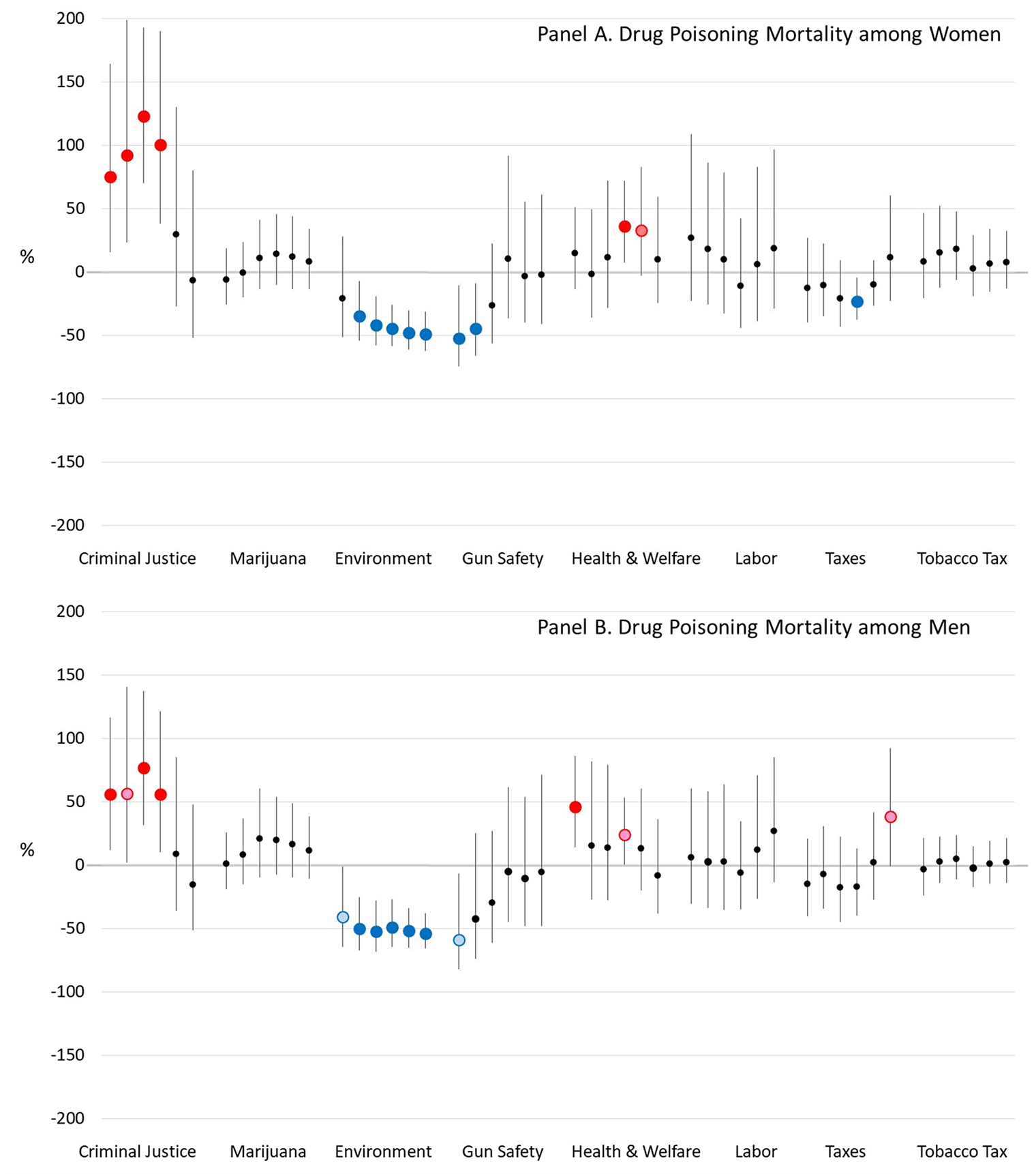
The opioid epidemic
Previous research shows the opioid epidemic has had a disproportionate impact on working-age Americans, but study authors said results on drug overdoses and state policies were mixed.
They found lower drug overdose deaths were linked to states with liberal environmental policies and conservative criminal justice policies, but noted the latter association weakened over time.
Researchers also found little-to-no association between drug poisoning mortality and opioid regulation and harm mitigation policies, depending on how long the policy lasted.
According to a federal report, drugs overdose death rates rose from 6.1 per 100,000 people in 1999 to 20.7 in 2018, with rates among the working-age population climbing to 36.5 deaths per 100,000 people.
Kathleen Mullan Harris, professor of sociology at the University of North Carolina at Chapel Hill, said the issue of opioids may be more complex than state policies. Individual behavior, economic opportunities, and drug supply and demand all may contribute.
“For the opioid epidemic, all these factors play a role,” she said. “We don’t really understand what’s really driving drug use but I think at the root of it is economic issues.”
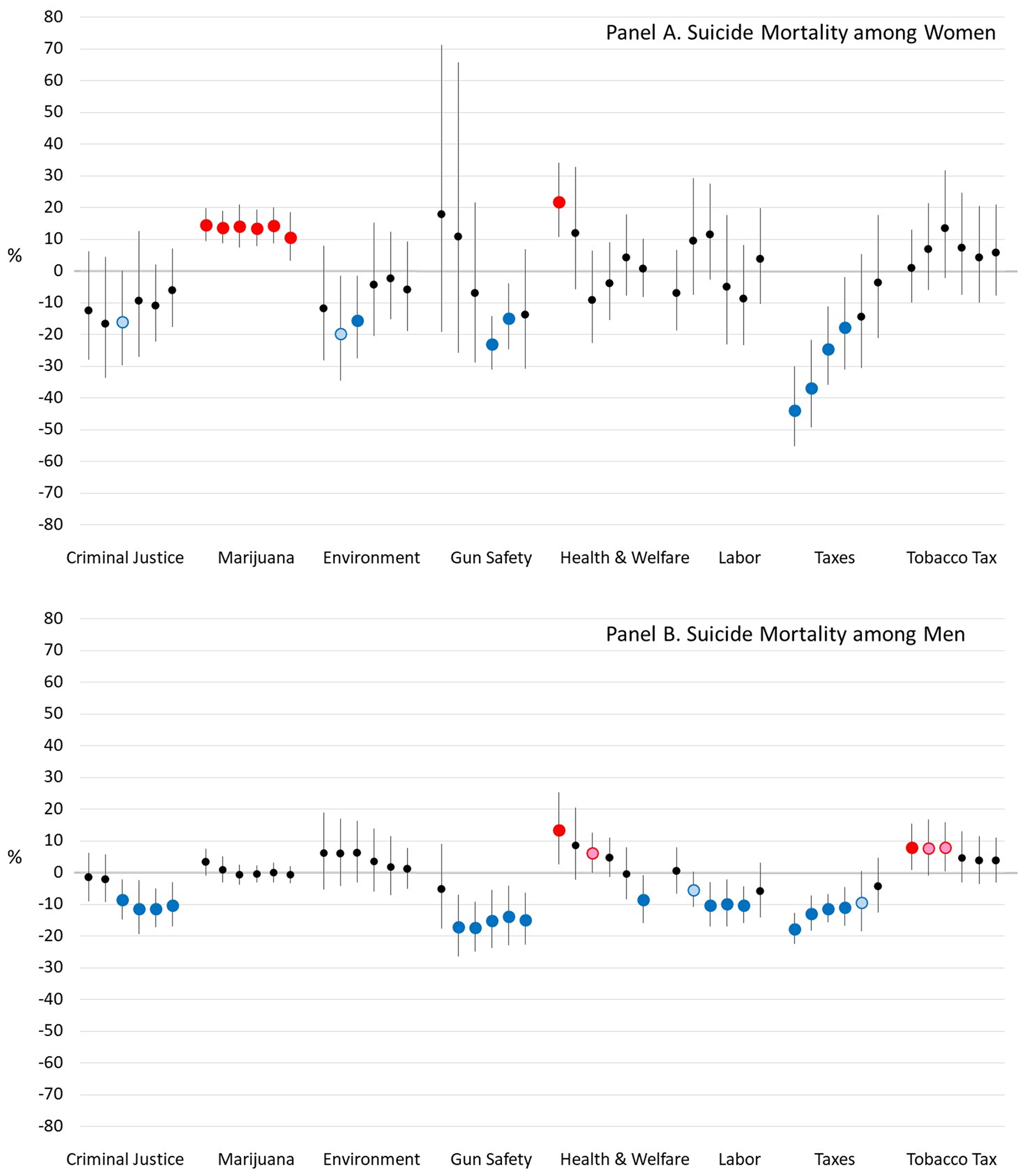
Why should young Americans care? 2022 midterms.
With the 2022 midterm elections coming up, experts say it’s important for Americans to know how the policies they vote for may increase their risk of dying sooner.
Woolf said the policies could be split into two camps: One, lower working-age mortality was associated with policies that invested more in human capital, focused on family investments, and promoted economic opportunity in an equitable way.
Two, higher working-age mortality was associated with policies that put more emphasis on “helping the private sector to thrive in hopes that the economic gains would trickle down to those who need more assistance,” he said.
“State policy matters,” Gaskin said. “We always get the promise from conservative states that we’re going to cut your taxes and regulation and make the environment better for business, and it comes with a cost.”
Health experts worry consequences may have been exacerbated by increased polarization and partisanship over the recent years. The study did not capture death data after 2019, which included state policies triggered by the COVID-19 pandemic and restrictions on abortion.
“These alternative approaches to public policy have various benefits and harms, and those differ based on which interest group you represent,” Woolf said. “We can make an intentional choice that we’re willing to live shorter lives in order to preserve the benefits we get from those policies, but it should be an informed decision.”
More Americans die younger in states with conservative policies, study finds
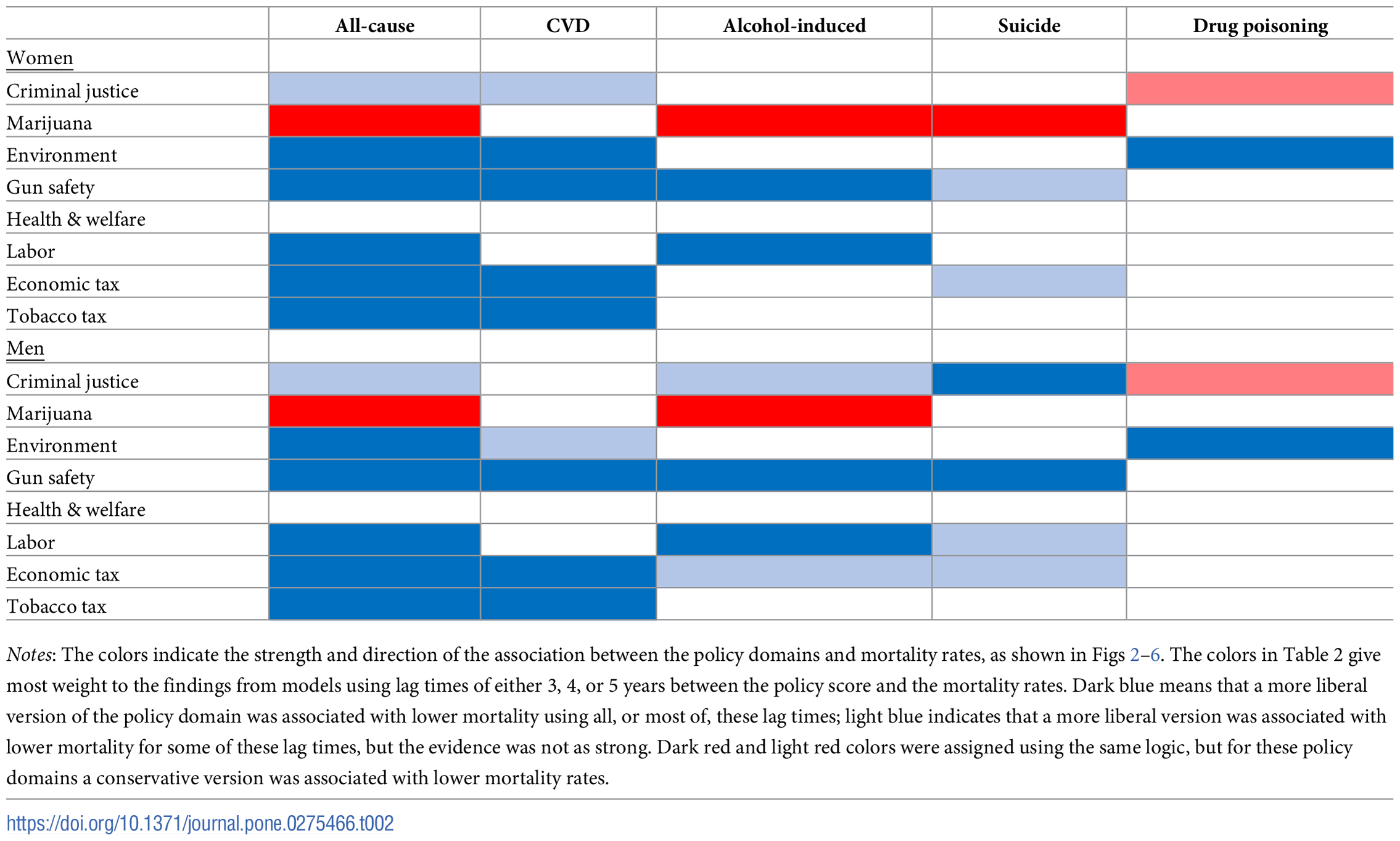
U.S. state policy contexts and mortality of working-age adults
ABSTRACT: The rise in working-age mortality rates in the United States in recent decades largely reflects stalled declines in cardiovascular disease (CVD) mortality alongside rising mortality from alcohol-induced causes, suicide, and drug poisoning; and it has been especially severe in some U.S. states. Building on recent work, this study examined whether U.S. state policy contexts may be a central explanation. We modeled the associations between working-age mortality rates and state policies during 1999 to 2019. We used annual data from the 1999–2019 National Vital Statistics System to calculate state-level age-adjusted mortality rates for deaths from all causes and from CVD, alcohol-induced causes, suicide, and drug poisoning among adults ages 25–64 years. We merged that data with annual state-level data on eight policy domains, such as labor and taxes, where each domain was scored on a 0–1 conservative-to-liberal continuum. Results show that the policy domains were associated with working-age mortality. More conservative marijuana policies and more liberal policies on the environment, gun safety, labor, economic taxes, and tobacco taxes in a state were associated with lower mortality in that state. Especially strong associations were observed between certain domains and specific causes of death: between the gun safety domain and suicide mortality among men, between the labor domain and alcohol-induced mortality, and between both the economic tax and tobacco tax domains and CVD mortality. Simulations indicate that changing all policy domains in all states to a fully liberal orientation might have saved 171,030 lives in 2019, while changing them to a fully conservative orientation might have cost 217,635 lives.
U.S. state policy contexts and mortality of working-age adults
